Determining the specifications of the nanoparticle types is important for controlling the synthesis process and the type of application. Properties of nanoparticles using various methods such as: atomic force microscopy (AFM (atomic force microscopy), atomic force microscope, X-rays, photoelectron spectroscopy and FT-IR (infrared Fourier transform spectroscopy) as well as samples of measurement size and specific surface It happens.
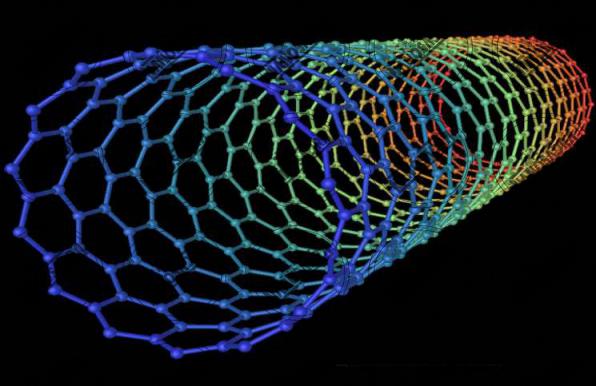
Where to find and buy nanoparticle in bulk?
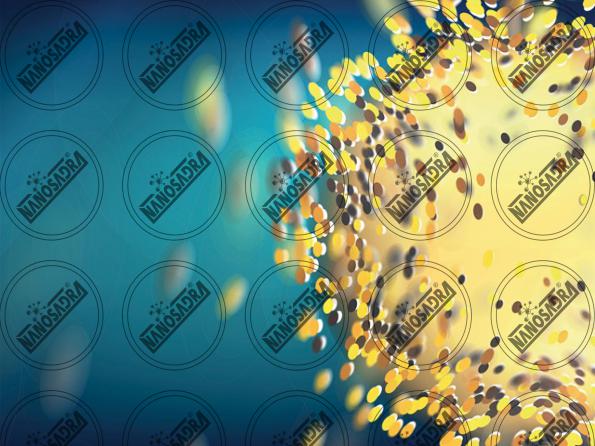 Today, a variety of materials can be produced in the form of nanoparticles or nanometric crystals. It also contains a wide range of metals and metal oxides, sulfides, carbonates, fluorides, silicates and several other materials.
Today, a variety of materials can be produced in the form of nanoparticles or nanometric crystals. It also contains a wide range of metals and metal oxides, sulfides, carbonates, fluorides, silicates and several other materials.
With the increasing progress of science, progress in the field of nanoparticle chemistry and the basics of morphology and its widespread applications are gradually becoming apparent. Some of them are clearly visible in scientific journals around the world. The use of carbon nanotubes in human tissue and the use of zinc metal or titanium oxide nanoparticles in solar panels are just a few of the many applications.
One of the most important and commercial nanoparticles is the iron nanoparticle, which retains its magnetic properties on a nanometric scale. These particles are called magnetic nanoparticles. The strength of the magnets or magnets increases with increasing cross section per unit volume. Laboratory studies have shown that magnesium nanoparticles from yttrium-samarium-cobalt nanoparticles have extremely unusual magnetic properties due to their extremely high cross-sectional area.
These powerful magnets have a variety of uses: quieter submarines, ship engines, car alternators (car transducers), ultra-sensitive analysis devices, magnetic resonance imaging (MRI) devices for diagnostics medical, and more. ..
Tips to pay attention while buying nanoparticle
 Nanoparticles are solid colloidal particles with dimensions from 1 to 100 nanometers. Meanwhile, silver nanoparticles have become widely used due to their antibacterial properties. Depending on the type of application, the physical properties and the system involved, these particles are used in different sizes and shapes. Of course, in the case of their use, they must be in an effective range for destroying microorganisms and foreign agents on human cells. In addition to their antibacterial properties, silver nanoparticles have antifungal and anti-inflammatory effects, are environmentally friendly, non-irritant and non-allergenic, not resistant to microorganisms, heat resistance and high stability. What nanoparticle uses? what are Types of nanoparticle? what is the Best nanoparticle?
Nanoparticles are solid colloidal particles with dimensions from 1 to 100 nanometers. Meanwhile, silver nanoparticles have become widely used due to their antibacterial properties. Depending on the type of application, the physical properties and the system involved, these particles are used in different sizes and shapes. Of course, in the case of their use, they must be in an effective range for destroying microorganisms and foreign agents on human cells. In addition to their antibacterial properties, silver nanoparticles have antifungal and anti-inflammatory effects, are environmentally friendly, non-irritant and non-allergenic, not resistant to microorganisms, heat resistance and high stability. What nanoparticle uses? what are Types of nanoparticle? what is the Best nanoparticle?
The antibacterial properties of the particles have led to their widespread use in dressings, dressings and all devices involved in the healing process. The use of these particles in biosensors to diagnose and treat diseases such as cancer is also very valuable. In addition, the use of silver in catheters and vascular prostheses, while reducing cloning, increases bacterial resistance. The method of synthesis of silver nanoparticles is one of the important points in the use of these materials, because silver nanoparticles, in addition to physico-chemical methods, are also synthesized biologically by means of fungi and bacteria.
Demand for nanoparticle types in 2020
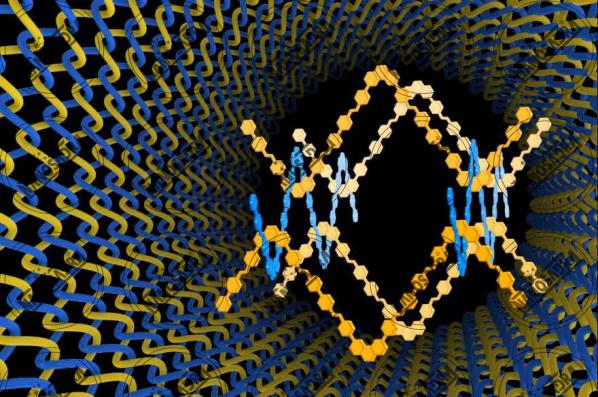 Recently, zinc oxide nanoparticles have been used in sunscreens. The use of this nanoparticle increases the efficiency of this type of glass and also increases the lifespan of solar glass. Worldwide, there are more than 340 nanoparticles in various forms and around 200 nanoparticle companies.
Recently, zinc oxide nanoparticles have been used in sunscreens. The use of this nanoparticle increases the efficiency of this type of glass and also increases the lifespan of solar glass. Worldwide, there are more than 340 nanoparticles in various forms and around 200 nanoparticle companies.
Also from nanoparticles in the production and manufacture of paints, catalysts, abrasives, tiles and ceramics, new very resistant protective layers for glass and glasses (antifreeze and unbreakable), and in the electromagnetic protection of car windows and industries. Doors and windows are used. Anti-write coatings on the walls and ceramic coatings to improve the durability of solar cells are also produced using nanoparticles.
The use of nanoparticles has increased so much that scientists call it one of the changing fields of industry and future life. Naturally, with this growth in the market, with the increase in the use of nanomaterials and the development of the commercialization of nanoparticles, it will increase considerably over the next decade.

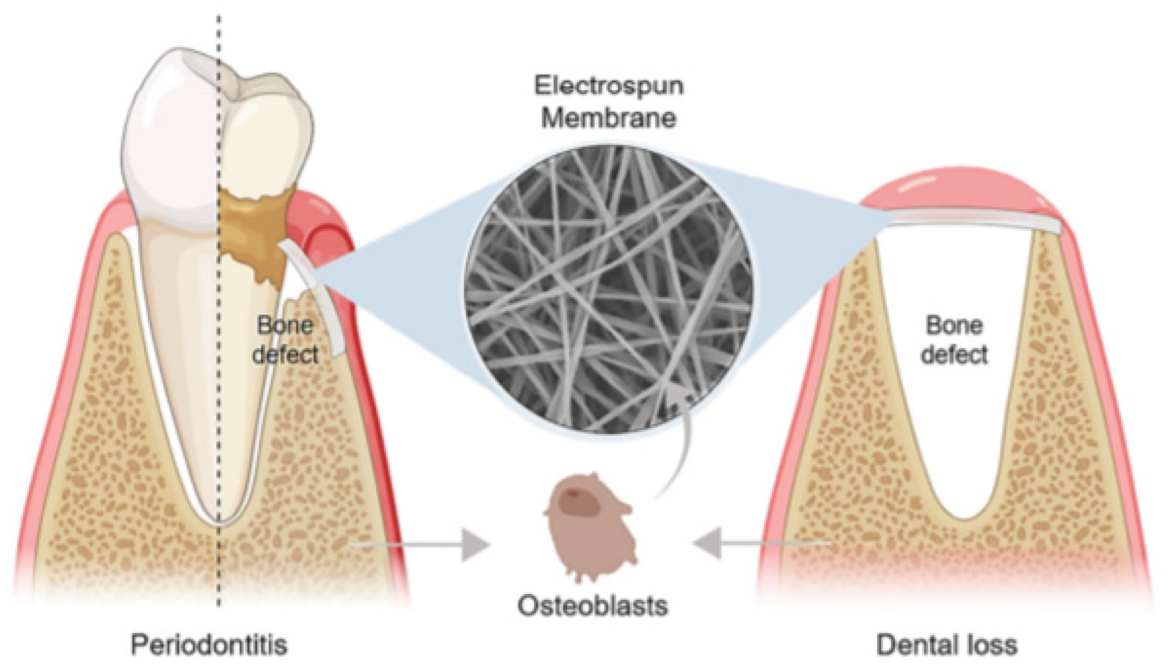
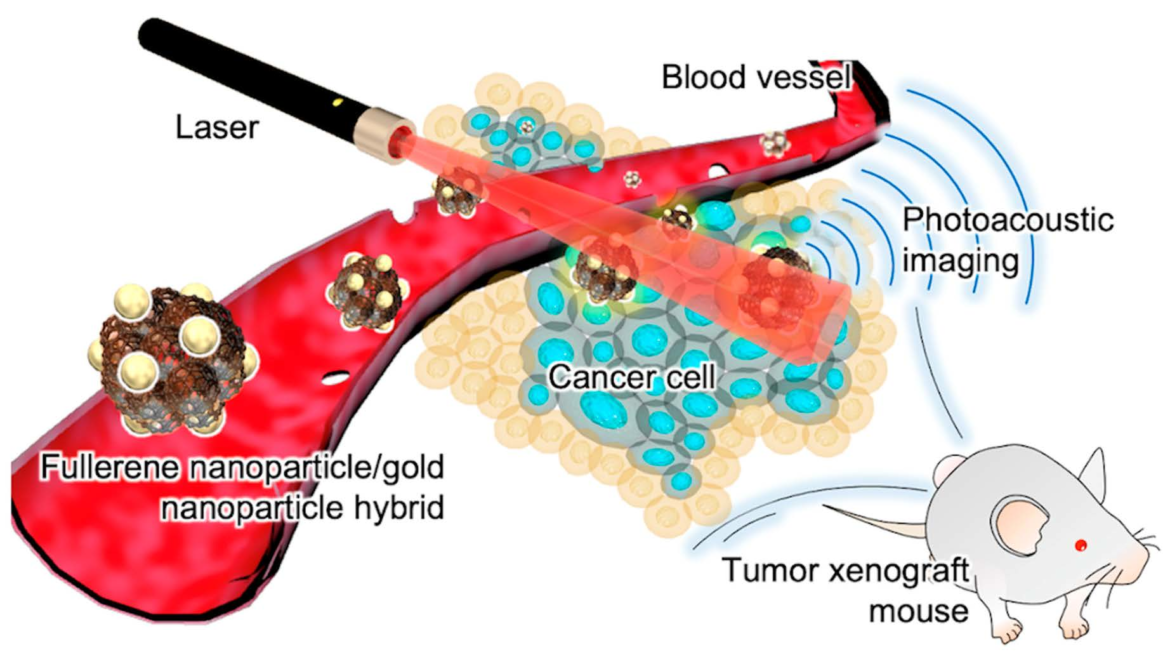
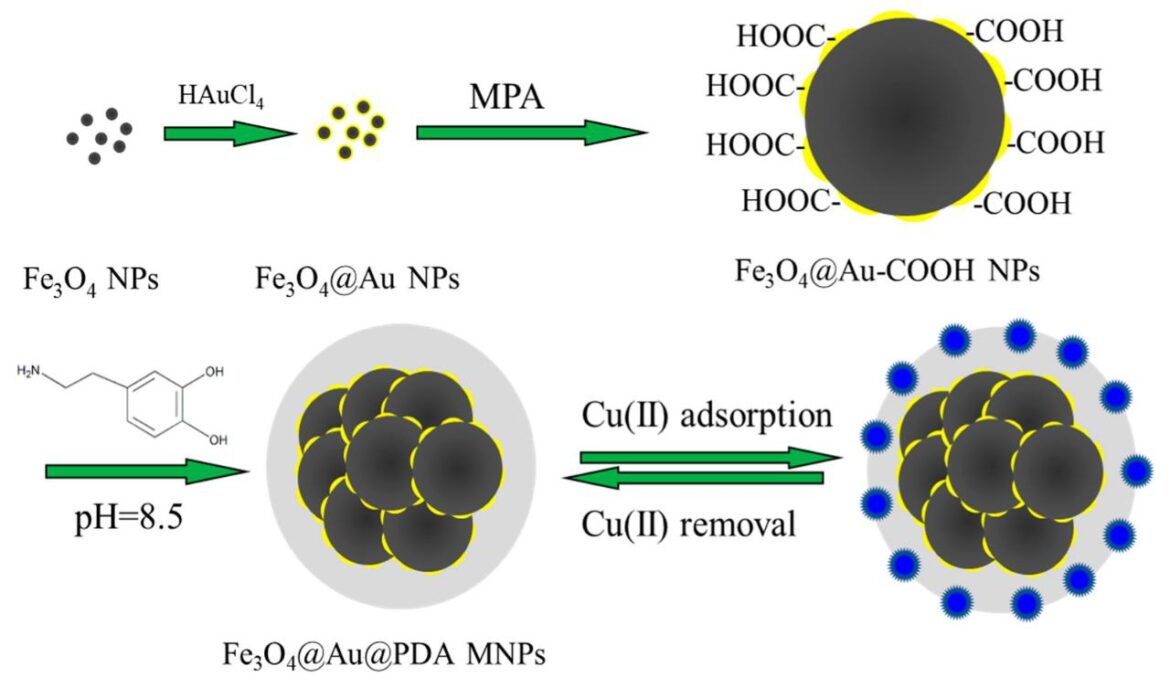

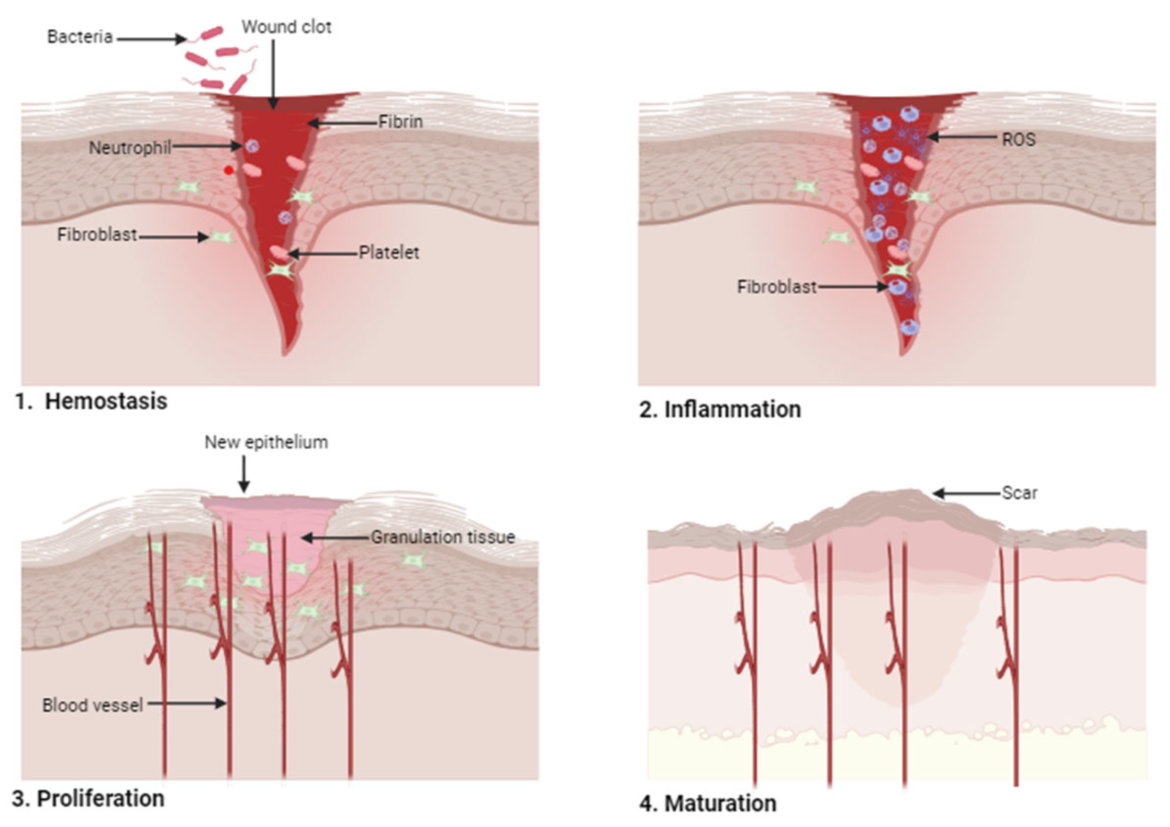
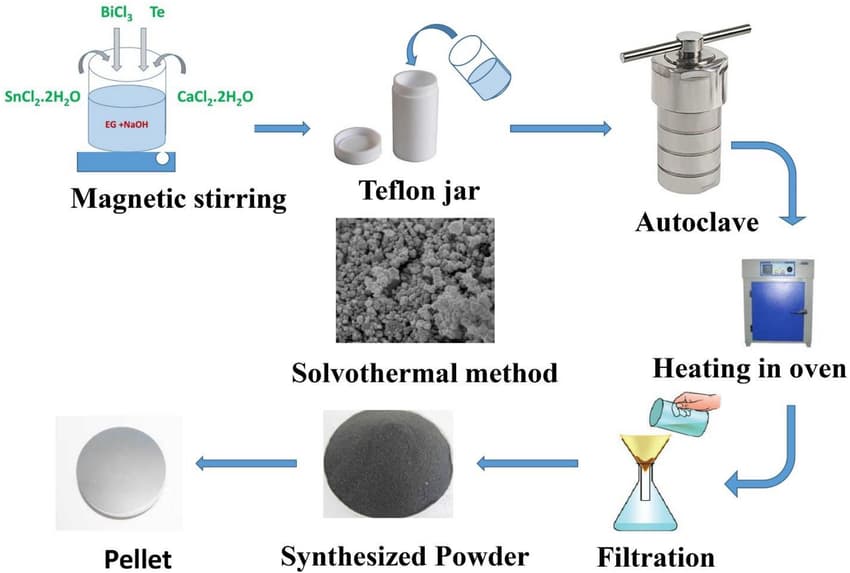
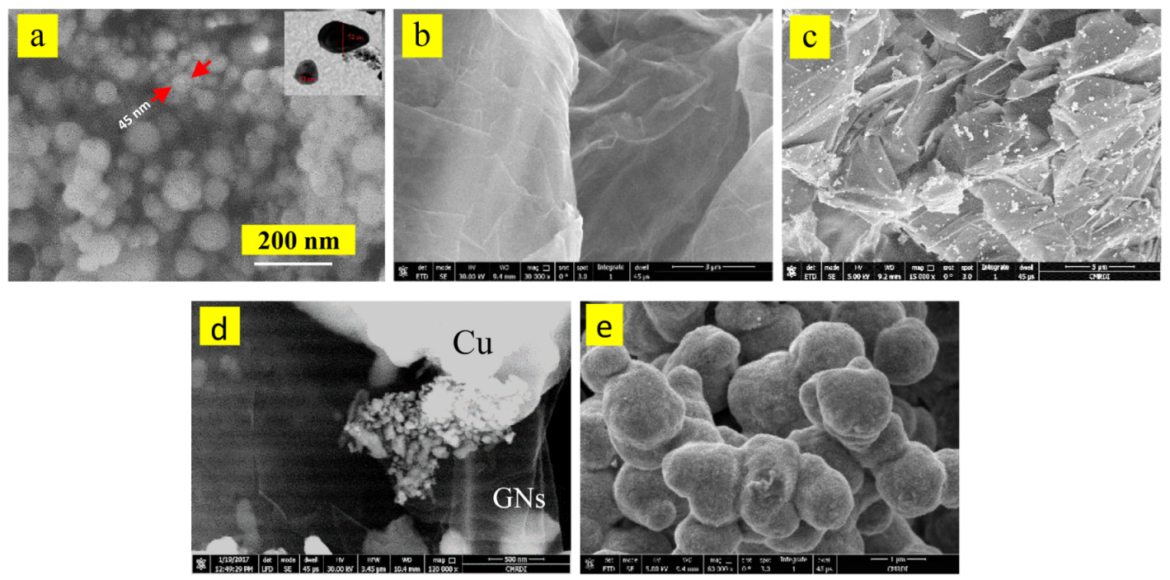
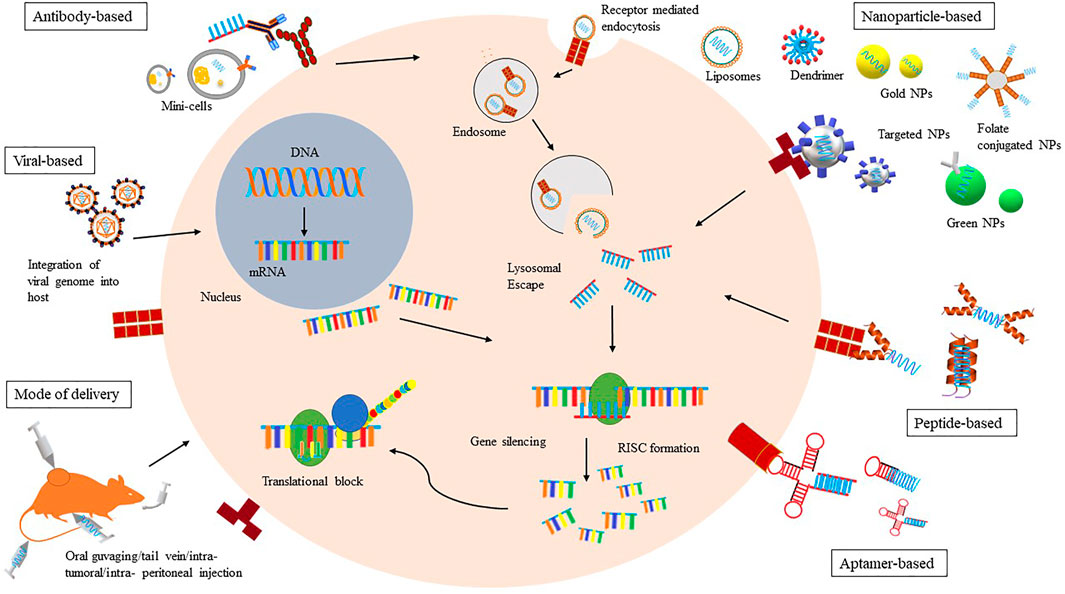
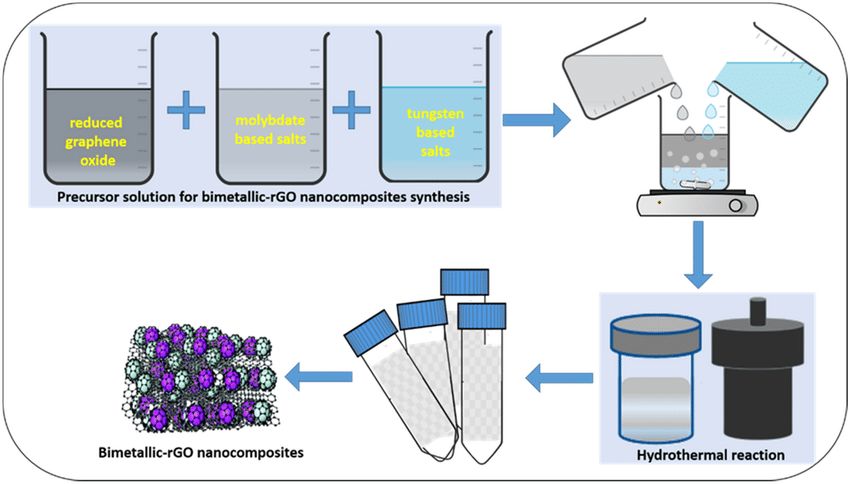
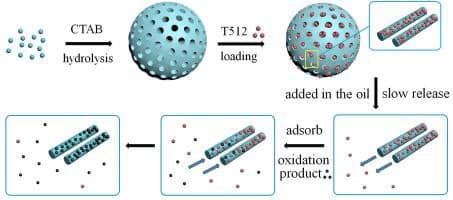
Your comment submitted.